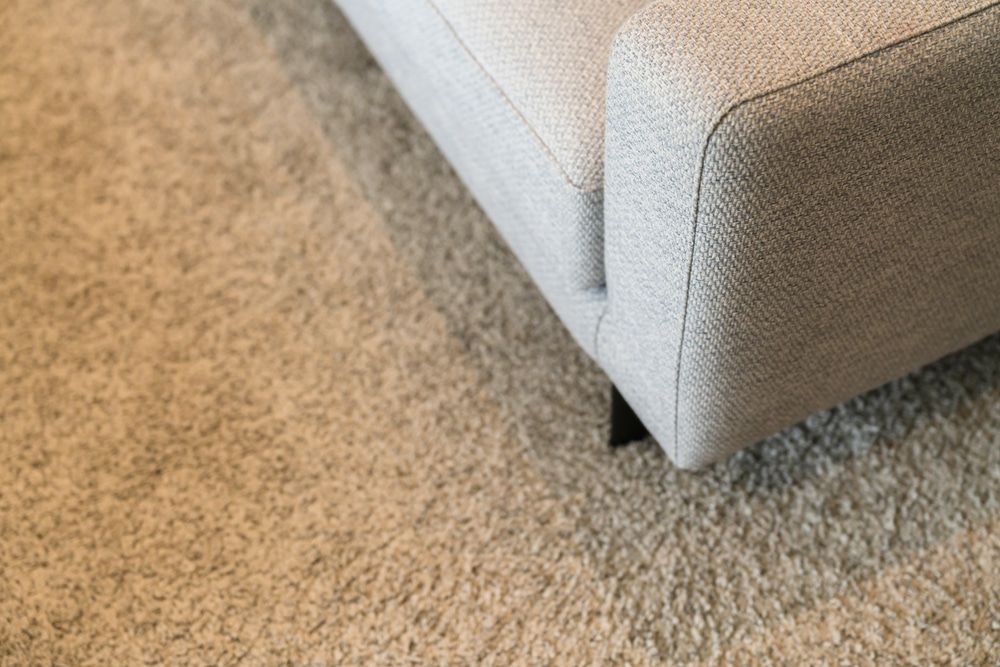The lifespan of a carpet typically ranges from 10 to 20 years, depending on various factors such as the type of carpet, the level of foot traffic it receives, the presence of children or pets, and how well it’s maintained. Here are some key points to consider:
- Foot Traffic: Areas with heavy foot traffic, such as hallways and main living areas, tend to wear out faster compared to less used areas like spare bedrooms.
- Maintenance: Regular cleaning and maintenance can extend the life of a carpet. Vacuuming regularly, promptly treating stains, and scheduling professional cleanings can help keep the carpet in better condition for longer.
- Physical Indicators: Signs that a carpet may need replacement include tears, damages, wrinkles, matting, fading, and persistent stains or odors that cannot be removed through cleaning.
- Wrinkles and Matting: Wrinkles in the carpet or areas of matting where fibers are crushed can indicate that it’s time for replacement. This can be due to worn padding or heavy foot traffic.
- Stains and Odors: Some stains, particularly those that have penetrated deep into the fibers and padding, may be difficult or impossible to remove completely. Additionally, persistent odors from spills or pet accidents can indicate the need for replacement.
- Sunlight Exposure: Exposure to sunlight over time can cause fading and deterioration of carpet fibers, particularly in areas with large windows or direct sunlight.
Ultimately, assessing the condition of the carpet and considering factors such as wear and tear, maintenance efforts, and the presence of stains or odors can help determine when it’s time to replace it.



0 Comments